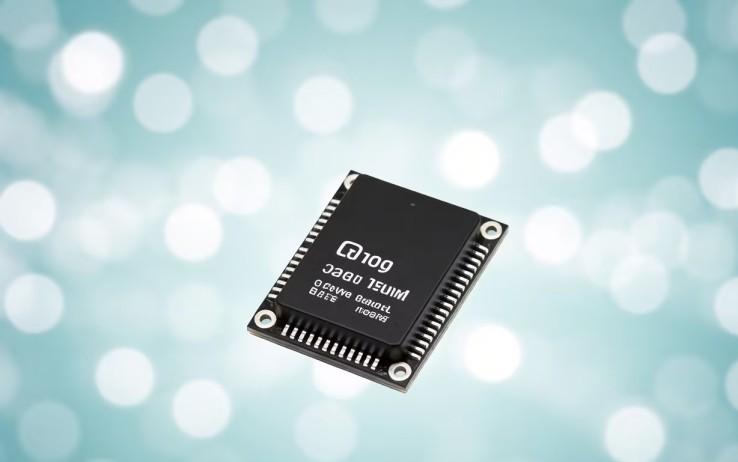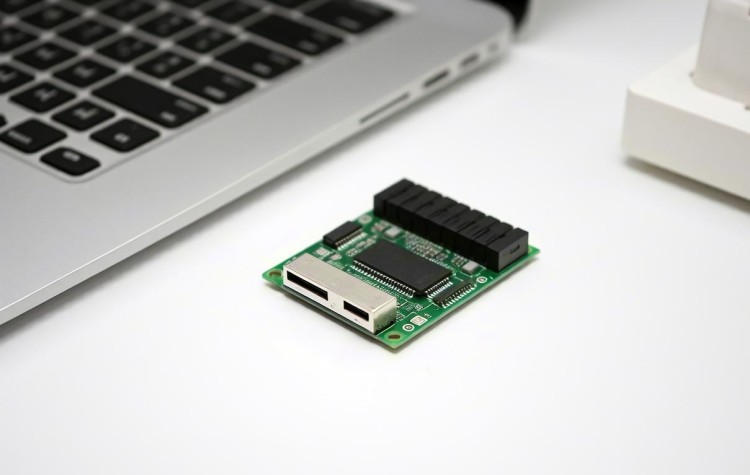Can I use TP4056 Module to charge a 26650 cell ?
Table of Contents:
Introduction to TP4056 and 26650 Cells
Compatibility of TP4056 with 26650 Cells
Pros of Using TP4056 for 26650 Cells
Potential Downsides and Precautions
How to Use TP4056 with 26650 Cells Safely
Alternatives to Consider
Conclusion

Can You Use a TP4056 Module to Charge a 26650 Cell?
If you're into DIY electronics or battery-powered projects, you've likely come across the popular TP4056 charging module and hefty 26650 lithium-ion cells. But can these two play nice together? Let's dive into the world of lithium-ion charging and find out if the TP4056 is up to the task of juicing up those beefy 26650s.
1. Introduction to TP4056 and 26650 Cells
First things first, let's get acquainted with our main players. The TP4056 is a tiny but mighty lithium-ion battery charging module that's become a go-to for hobbyists and makers. It's like the Swiss Army knife of battery chargers - small, versatile, and packing a punch. On the other hand, we have the 26650 cell, the burly cousin of the more common 18650. These cells are like the powerlifters of the battery world, offering higher capacity in a chunkier package.
2. Compatibility of TP4056 with 26650 Cells
Now, the million-dollar question: can these two work together? The short answer is yes, but with some caveats. The TP4056 is designed to charge single lithium-ion cells, and a 26650 is just that - a single cell. Both operate within the same voltage range, with the TP4056 providing a 4.2V charge voltage that's perfect for li-ion cells like the 26650.
However, it's not all smooth sailing. The TP4056 has a default charging current of 1A, which is generally fine for smaller cells like 18650s. But 26650s? These big boys can often handle (and sometimes prefer) higher charging currents. It's like trying to fill a swimming pool with a garden hose - it'll work, but it might not be the most efficient method.
3. Pros of Using TP4056 for 26650 Cells
Let's look at the bright side. There are some definite advantages to using a TP4056 to charge your 26650 cells:
Simplicity: The TP4056 is incredibly easy to use. It's the "plug and play" of the battery charging world.
Safety Features: This little module comes packed with protection circuits. It's like having a tiny bodyguard for your battery, protecting against overcharging, over-discharging, and short circuits.
Cost-Effective: TP4056 modules are cheap as chips. You can get them for a few bucks, making them an economical choice for DIY projects.
Compact Size: These modules are small enough to fit into tight spaces, perfect for compact builds.
Versatility: While we're focusing on 26650s, the TP4056 can charge a variety of lithium-ion cells. It's like having a universal charger in your toolkit.
4. Potential Downsides and Precautions
But hold your horses - it's not all rainbows and unicorns. There are some potential downsides to consider:
Charging Speed: Remember that garden hose analogy? The 1A charging current of the TP4056 might be a bit slow for high-capacity 26650 cells. If you're impatient, this could be a deal-breaker.
Heat Generation: When charging larger cells like 26650s, the TP4056 might generate more heat than usual. It's like asking a small engine to pull a heavy load - it'll work hard and get hot.
Current Limitation: Some 26650 cells can safely charge at higher currents, which the TP4056 can't provide out of the box. You're not maximizing the cell's potential.
Lack of Advanced Features: The TP4056 is basic. It doesn't offer features like adjustable charging currents or detailed battery monitoring that some advanced users might want.

5. How to Use TP4056 with 26650 Cells Safely
If you've decided to pair your TP4056 with a 26650, here's how to do it safely:
Check Your Cell Specifications: Not all 26650 cells are created equal. Make sure your cell can safely charge at 1A or less.
Monitor Temperature: Keep an eye on both the module and the battery temperature during charging. If things are getting toasty, it's time to rethink your setup.
Provide Adequate Ventilation: Give your charging setup some breathing room. Good airflow is key to preventing overheating.
Use Protection Circuits: While the TP4056 has some built-in protections, an additional battery protection circuit (BMS) for your 26650 isn't a bad idea.
Don't Rush It: Patience is a virtue, especially when it comes to battery charging. Let the TP4056 take its time to fully and safely charge your 26650.
6. Alternatives to Consider
If you're not sold on the TP4056 for your 26650 cells, don't worry - you've got options:
Higher Current Charger Modules: Look for modules designed specifically for higher capacity cells, which can provide charging currents of 2A or more.
Adjustable Charger Modules: Some charger modules allow you to set the charging current, giving you more flexibility with different cell types.
Dedicated 26650 Chargers: If you're exclusively using 26650 cells, consider investing in a charger designed specifically for these larger cells.
Balance Chargers: For more advanced users, a balance charger can provide detailed control and monitoring of your charging process.
7. Last Words
So, can you use a TP4056 module to charge a 26650 cell? Absolutely! Is it the best option? Well, that depends on your specific needs and priorities. If you're looking for a simple, cost-effective solution and don't mind a slower charging speed, the TP4056 can certainly do the job. It's like using a reliable old sedan for a cross-country trip - it'll get you there, even if it's not the fastest or most luxurious ride.
However, if you're after maximum efficiency, faster charging times, or plan to work extensively with high-capacity cells like 26650s, you might want to explore some of the alternatives we've discussed. Think of it as upgrading to a sports car for that cross-country journey - it might be overkill for some, but perfect for others.
When it comes to lithium-ion batteries, safety should always be your top priority. Whether you stick with the trusty TP4056 or opt for a more advanced solution, always follow best practices for battery handling and charging. Happy tinkering, and may your projects be ever powered!
References:

